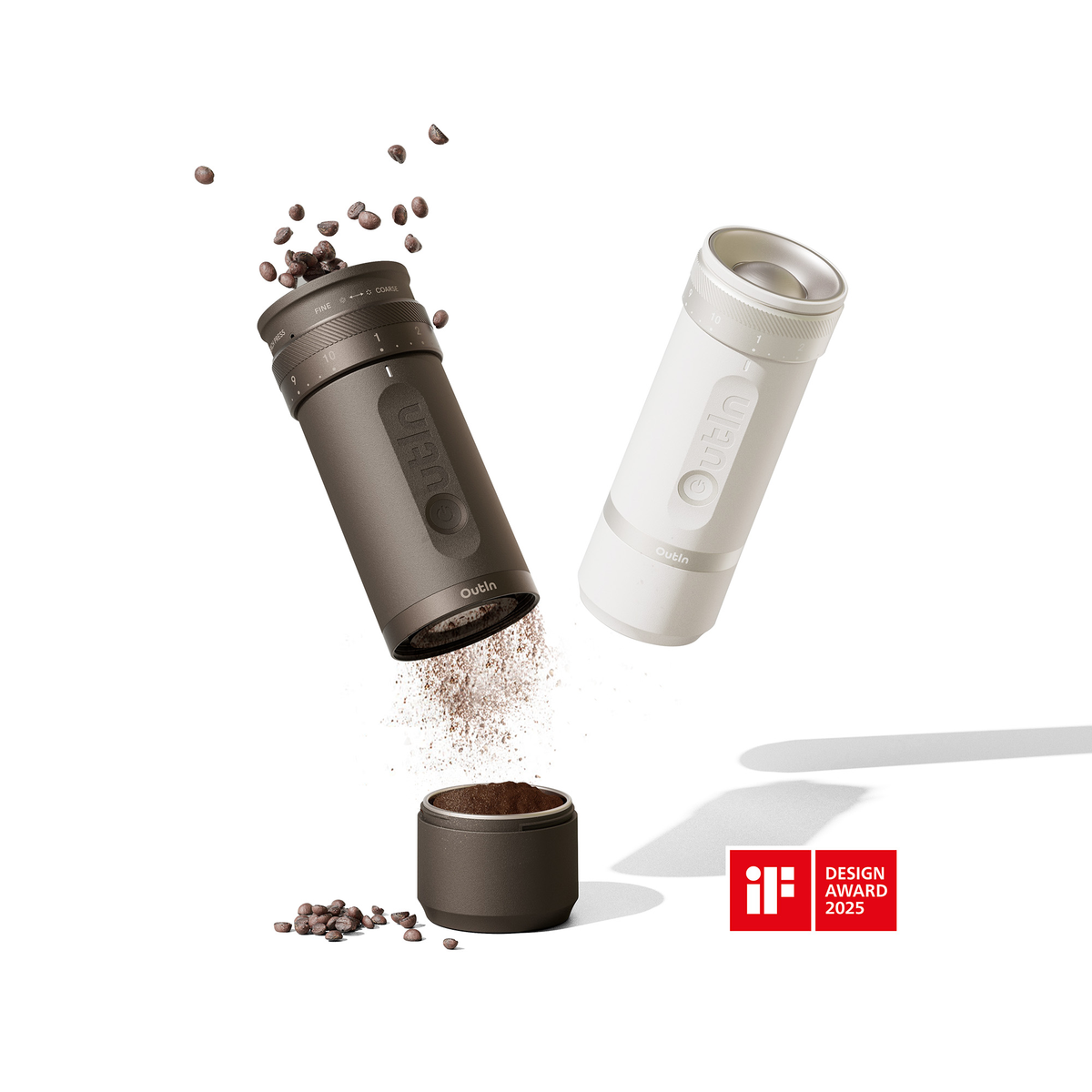Unlock the Secrets to Perfectly Ground Coffee: Master Your Brewing Game Today!
Grinding coffee beans is a critical step in brewing the perfect cup of coffee, and it's often overlooked by many coffee enthusiasts. The grind size plays a pivotal role in determining the flavor and extraction of the coffee. A coarser grind may lead to a milder flavor, while a fine grind can result in a more robust and intense cup. Understanding how to grind coffee beans effectively is essential for anyone looking to elevate their brewing game. This article aims to provide you with insights and techniques that will help you master the art of grinding coffee, ensuring that every cup is a delightful experience.

Understanding Coffee Grind Sizes
Coffee grind size can be categorized into three main types: coarse, medium, and fine. Each grind size is suited for different brewing methods and significantly influences the extraction process. A coarse grind, resembling sea salt, is perfect for methods like French press and cold brew, allowing for a slower extraction that results in a smoother flavor. On the other hand, a medium grind, similar to granulated sugar, works well with drip coffee makers and pour-over methods, providing a balanced extraction. Finally, a fine grind, akin to powdered sugar, is ideal for espresso machines, as it facilitates quick extraction under high pressure. Understanding these grind sizes and their impact on flavor profile is essential for any coffee lover looking to brew the perfect cup.
Methods for Grinding Coffee Beans
There are several methods for grinding coffee beans, each with its own set of advantages and disadvantages. One common method is using a blade grinder, which uses a spinning blade to chop the beans. While blade grinders are affordable and easy to use, they often produce uneven grind sizes that can lead to inconsistent flavor. On the other hand, burr grinders are considered the gold standard for coffee grinding. They work by crushing the beans between two metal or ceramic surfaces, allowing for a more uniform grind size. Though they can be more expensive, burr grinders provide better consistency and flavor extraction. For those who enjoy a hands-on approach, manual grinding methods such as hand grinders and mortars and pestles are also available. These methods can be labor-intensive but often result in a more personalized grind experience.
Blade Grinders
Blade grinders are one of the most accessible grinding tools on the market. They function by using a sharp blade that spins rapidly to chop the coffee beans. One advantage of blade grinders is their affordability and compact size, making them suitable for those with limited kitchen space. However, their main limitation lies in the inconsistency of the grind size. The uneven grinding can lead to over-extraction of some particles while under-extracting others, ultimately affecting the taste of your coffee.
Burr Grinders
Burr grinders operate differently, using two revolving surfaces to crush the beans evenly. This method allows for precise control over the grind size, making it the preferred choice for serious coffee enthusiasts. The consistency offered by burr grinders enhances the flavor profile of the coffee, as each particle extracts at a similar rate. While they tend to be more expensive than blade grinders, investing in a good burr grinder can significantly elevate your coffee brewing experience.
Manual Grinding Methods
For those who appreciate the tactile experience of grinding coffee, manual methods can be quite rewarding. Hand grinders or traditional mortars and pestles allow for complete control over the grind size and can be adjusted according to personal preference. These methods can also be a fun activity to share with friends, creating a unique coffee ritual. Although manual grinding can be time-consuming, it often results in a fresher, more aromatic brew.
Tips for Achieving the Perfect Grind
To achieve the perfect grind, consider a few practical tips. First, always adjust your grind size according to the brewing method you plan to use. For instance, if you're using a French press, aim for a coarse grind; for espresso, a fine grind is essential. Additionally, maintaining your grinding equipment is key to consistency. Regularly clean your grinder to prevent old coffee residues from affecting the flavor of your fresh coffee. Lastly, always grind your coffee just before brewing to ensure maximum freshness and aroma, as coffee beans begin to lose their flavor soon after being ground.
Mastering Coffee Grinding Techniques
Mastering the art of grinding coffee beans is a crucial step in enhancing your coffee brewing experience. By understanding the different grind sizes and the methods available for grinding, you can significantly improve the flavor and aroma of your coffee. Remember to experiment with various grind sizes and techniques to find what works best for your brewing preferences. Whether you choose a blade grinder, a burr grinder, or a manual method, the perfect grind is out there waiting to be discovered. Enjoy the journey of brewing your ideal cup of coffee!




